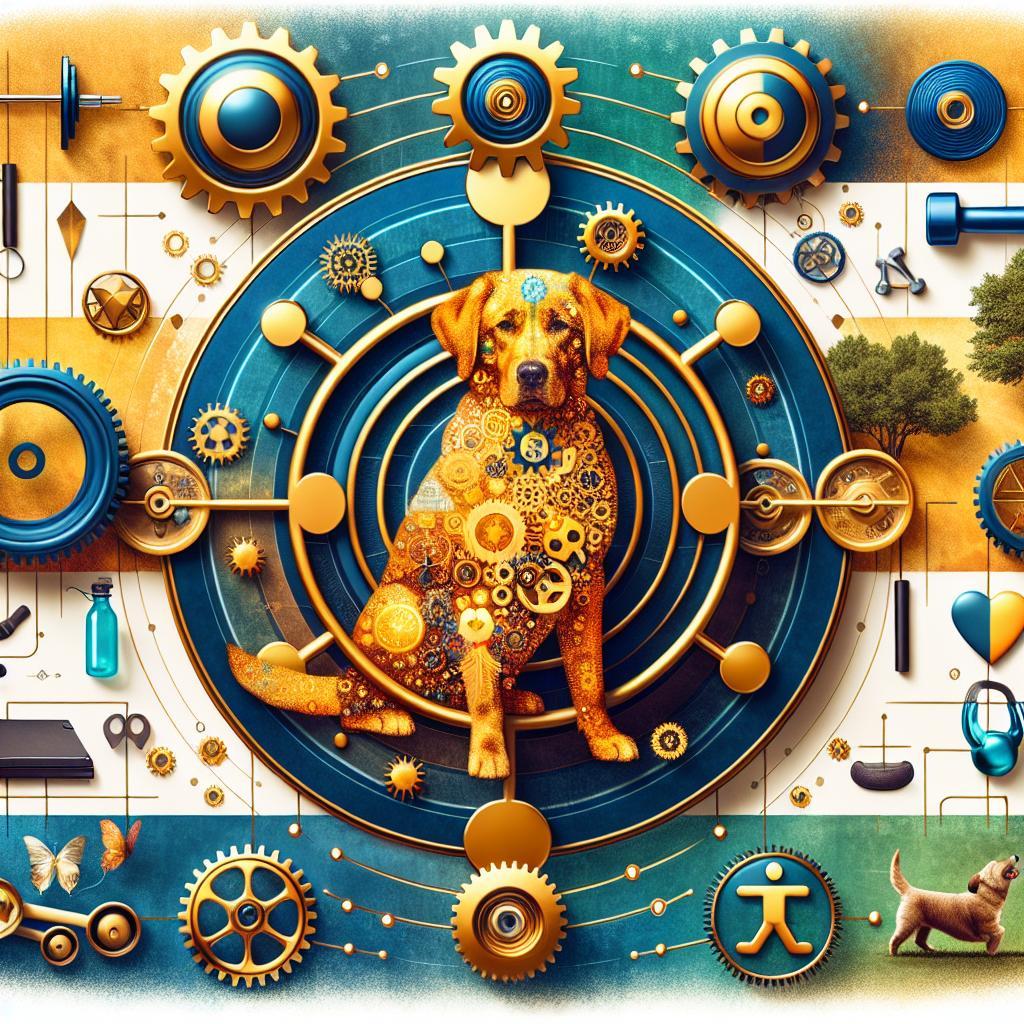Leash reactivity in dogs can turn a simple walk into a stressful ordeal. Understanding the triggers and implementing gradual desensitization techniques can help pets feel more at ease.…
“How to Use Positive Reinforcement for Faster Training Results”
Harnessing the power of positive reinforcement can transform your training approach. By rewarding desired behaviors—whether through treats, praise, or play—you create a more engaging and motivating environment. This…
“The Benefits of Daily Training Sessions for Dogs”
Daily training sessions for dogs unlock a world of benefits, enhancing their skills and strengthening the bond with their owners. Consistency fosters discipline, mental stimulation, and socialization, promoting…
“How to Train Your Dog to Stop Chasing Cats”
Teaching your dog to stop chasing cats requires patience and consistency. Start by using commands like “leave it” and reward calm behavior. Gradually expose your dog to cats…
“The Importance of Routine in Dog Behavior Training”
Establishing a routine is crucial in dog behavior training, as it provides structure and predictability. Regular schedules for feeding, walks, and training sessions help dogs understand expectations, reducing…
“Addressing Destructive Behavior in Dogs”
Addressing destructive behavior in dogs requires patience and understanding. Identifying triggers, providing proper exercise, and employing positive reinforcement can help redirect their energy. Remember, consistency is key in…
“Top Tips for Effective Dog Behavior Training at Home”
Training your dog at home can be a rewarding journey. Start with consistency and patience—use positive reinforcement to encourage good behavior. Keep sessions short and fun, and always…
“Understanding the Link Between Exercise and Behavior”
Exercise is more than just a physical endeavor; it shapes our behavior and mental state. Studies reveal that regular activity can reduce anxiety, enhance mood, and boost cognitive…
“How to Prevent and Correct Barking at the Door”
Barking at the door can be both a nuisance and a sign of your dog’s protective instincts. To prevent and correct this behavior, establish a consistent routine, utilize…









